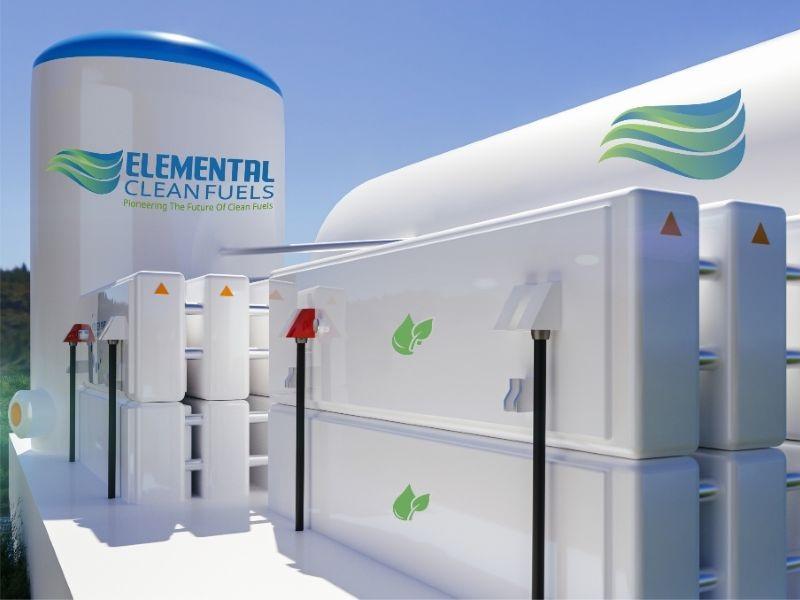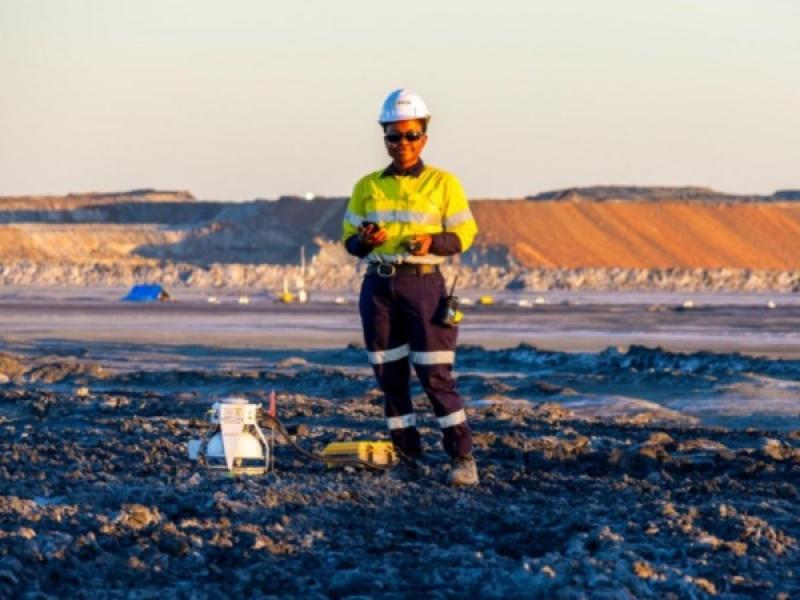
A hospital in Duncan, B.C. being built to replace an older care facility will not only have triple the square footage of the current hospital, but represent a significant upgrade on sustainability.
The Cowichan District Hospital Replacement Project, which is supplanting a hospital on Vancouver Island opened in 1967, will be British Columbia’s first all-electric hospital. It is also the first hospital in Canada to have the Zero-Carbon Building — Design Standard certification, and is being constructed to meet the requirements of the LEED Gold certification.
Other than having an increased 204-bed capacity, it will operate its mechanical systems entirely on electricity from B.C.’s mostly clean grid, feature high energy efficiency, and have solar panels on the roof. For the choice of materials, low-carbon concrete and rebar were chosen.
Altogether, it will mean the replacement hospital will generate 75 per cent less greenhouse gas emissions than the current hospital.
“Even though the new hospital is three times the size, it (has) a reduced environmental footprint than the existing hospital,” Navisa Jain, director of climate and sustainability at EllisDon, told Sustainable Biz Canada in an interview. The Mississauga-based firm designed the replacement hospital with Parkin and ZGF Architects and is also building the project.
It is not the first sustainable hospital EllisDon has built in British Columbia: the Royal Columbian Hospital in New Westminster is another effort that carries similar attributes, including the use of low-carbon concrete.
Embodied carbon target surpassed
Island Health will operate the new hospital upon its completion, scheduled for fall 2026. The health care provider plans to halve its greenhouse gas emissions by 2030 against its 2010 baseline, driving the decision to prioritize sustainability.
EllisDon aims to be net-zero by 2050, with an interim milestone of reducing emissions by 42 per cent by 2030. This includes reducing emissions from its built projects and choice of construction materials.
To address embodied carbon, low-carbon concrete was chosen, sourced from Vancouver-based company Surespan. The company replaces carbon-intensive cement with materials such as fly ash or slag. Such choices do not harm the integrity of the concrete, Jain said.
Rebar was sourced from Fort Saskatchewan, Alta.-based Harris Rebar, which employs an electric arc furnace to make rebar, rather than a fossil fuel-powered model.
The initial target to lower the embodied carbon of the replacement hospital by 15 per cent against a building with a similar level of structural performance has been exceeded, with the reduction hitting 38 per cent.
During construction, EllisDon set a recycling and waste diversion target of at least 75 per cent, which Jain said is on track to being accomplished.
The company is also tracking the construction emissions related to the replacement hospital, which can inform ways to reduce the pollution generated by future projects.
The design choices for the new hospital
All the electrical and mechanical systems will be powered by electricity at the Cowichan District Hospital Replacement Project, avoiding fossil fuel use. Over two per cent of the hospital’s annual energy needs will be generated by a rooftop solar panel system, reducing operating costs and reliance on external energy, Jain explained.
Refrigerant chemicals with low global warming potential will be used in the mechanical equipment.
An energy-efficient design, such as a high-performance envelope to minimize heat loss, will translate into the new hospital demanding almost 30 per cent less energy compared to the existing facility.
Water use will be approximately 60 per cent more efficient through features such as stormwater treatment.
To prepare the hospital’s staff and patients for the impacts of a warmer climate, such as wildfires that heavily pollute the air, the ventilation system is designed to be future-proofed.
A diesel back-up generator is planned, and the new hospital building will have a provision for a natural gas connection. Being post-disaster buildings, hospitals have limitations in place that restrain the options “to just rely on an electric system.”
The back-up systems are essential, and have “to be a different energy source than your main system,” Jain explained.
Colin Flock, senior vice-president of facilities services at EllisDon, told Sustainable Biz Canada in 2023 that maintaining energy reliability, minimizing disruption to critical medical procedures, balancing many temperature and humidity levels, and the high energy consumption of hospitals are major challenges which must be factored in when considering sustainability initiatives.
The use of low-carbon concrete on the Cowichan District Hospital Replacement Project is a “success story,” Jain said. EllisDon will share its insights on the practical tendering process for low-carbon concrete it employed on the project with other construction firms.










